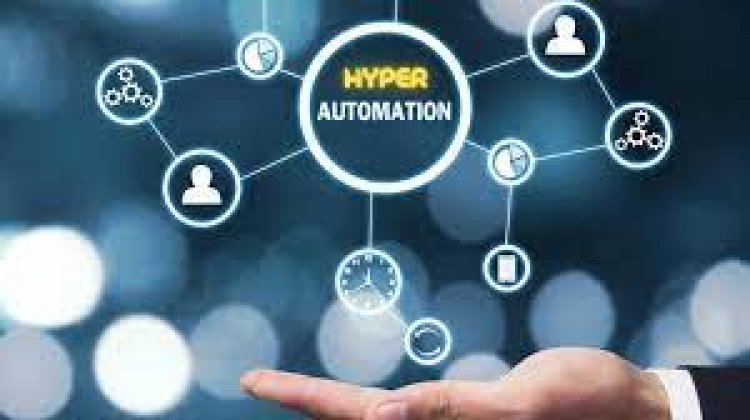Hyper-automation is a term coined in 2019 by the IT research and advisory firm Gartner. which defines hyperautomation as the application of advanced technologies, AI and ML, to increasingly automate processes and augment humans. And now, we are calling hyper-automation the ‘next milestone.’ It has the potential to change the way we work and live. It is an approach in which organizations rapidly identify and automate as many business processes as possible. It involves the use of a combination of technology tools, including but not limited to machine learning, packaged software, and automation tools to deliver work. Moreover, it is an amalgamation of next-generation technologies like Artificial Intelligence (AI), Machine Learning (ML), Robotic Process Automation (RPA), and advanced analytics (AA). It helps organizations accelerate their digital transformation journey and lays down a strong foundation for spawning critical future innovations. It can help organizations achieve the holy grail of ‘doing more with less’. Hence, it is fast becoming a key strategy for IT and business leaders to consider for their organizations’ digital transformation initiatives.
Prashanth GJ, CEO at TechnoBind “In today’s digital world, hyper-automation has shifted from an option to a condition of survival. It has become a new way of working that has changed enterprises. Those enterprises that remain supported by a patchwork of technologies that are not lean, optimized, connected, clean, or explicit will start to fall behind in a world where the acceleration of digital business transformation requires efficiency, speed, and democratization. Enterprises that are not able to focus on efficiency, efficacy, and business agility will quickly be left behind. Hyper-automation is a boon that will continue to positively impact businesses to a great extent. By understanding these areas of impact, leaders can better prioritize decisions around digital transformation and increase their efforts to attain maximum benefits. There is no doubt that the pandemic has increased digital demands, and technology leaders are forced to move their roadmap forward towards robotic process automation (RPA) and hyper-automation”.
Hyper-automation can lead to enhanced processes through more effective automation, which in turn can lead to reduced costs. Gartner predicts that by 2024, organizations will lower their operational costs by 30% by combining hyperautomation technologies with redesigned operational processes as it provides numerous benefits.
- Hyper-automation creates a high-speed path to transform the business with the aid of increased automation of complex tasks and processes that usually depend on human input and knowledge.
- Since hyper-automation adds more intelligence to existing automation processes and reuses the same, it lowers the overall cost of automation.
- It increases agility by providing quicker, richer insights for more accurate decision-making.
- Hyper-automation makes better business decisions, identify areas for improvement and enhance customer experience by capturing more data and providing insights on that data.
Many businesses affected by COVID-19 and many industries across the globe have dealt with productivity issues due to a reduced workforce, imposed capacity limitations and unanticipated fluctuations in demand. As we enter a future touched by the pandemic we need to reassess how task automation as a strong driver of business continuity is going to elevate itself to the next level. As the dependency on technology and automation tools increases, so is the need to cope up with the ever-evolving tech landscape and stay abreast with the latest in the space. A step ahead of automation, hyper-automation is a potential growth opportunity for enterprises seeking to keep pace with the dynamic market and get a competitive edge and the companies across all industries must be ready to make rapid changes and innovate to stay competitive in this digital world.
















































